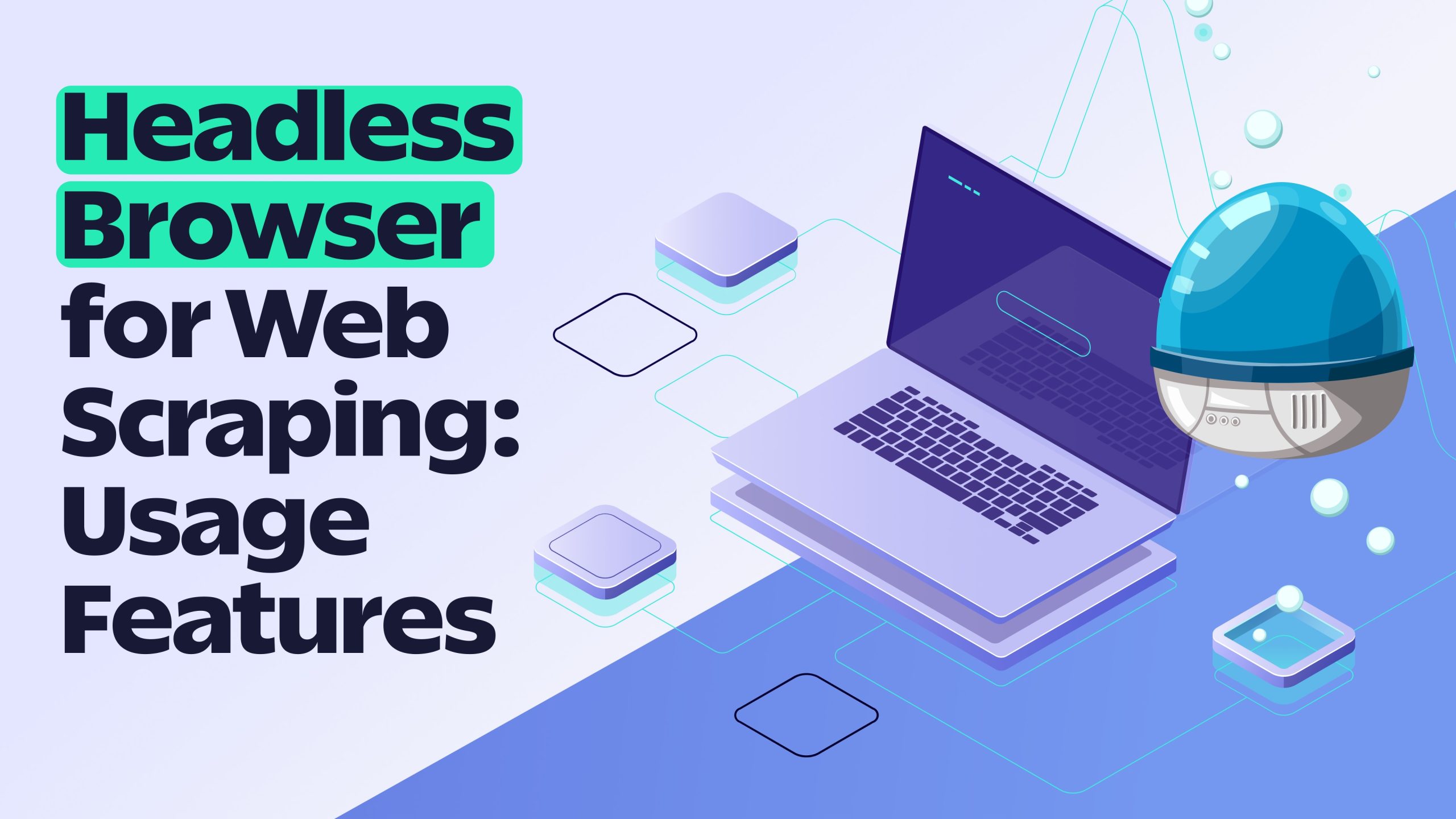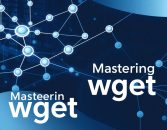
Introduction: The Silent Revolution in Web Data Extraction
In the intricate world of digital information gathering, headless browsers have emerged as a game-changing technology that transforms how we interact with and extract data from complex web environments. Imagine having a powerful digital assistant that can navigate websites, execute JavaScript, and collect information with surgical precision—all without displaying a single visual interface.
Headless browsers represent more than just a technological tool; they are sophisticated instruments that bridge the gap between human-driven web exploration and automated data extraction. As websites become increasingly complex and dynamic, traditional scraping methods fall short. This is where headless browsers step in, offering unprecedented capabilities that redefine web interaction strategies.
The Evolution of Web Scraping Technologies
The journey of web scraping has been marked by continuous technological adaptation. In the early days, simple HTTP requests and basic HTML parsing were sufficient. Websites were static, with minimal client-side rendering. However, modern web applications leverage complex JavaScript frameworks like React, Angular, and Vue, creating dynamic content that traditional scraping methods cannot easily access.
Headless browsers solve this complexity by providing a full browser environment that can execute JavaScript, render pages completely, and interact with web elements just like a human user would. They represent a quantum leap in web data extraction technologies.
Understanding Headless Browser Architecture
At its core, a headless browser is a web browser without a graphical user interface. It operates identically to traditional browsers like Chrome or Firefox but runs in the background, controlled programmatically through scripting interfaces. The architecture involves several critical components that enable sophisticated web interaction.
Rendering Engines: The Heart of Headless Browsers
Modern headless browsers utilize advanced rendering engines that can process complex web technologies. Chromium‘s V8 JavaScript engine, for instance, allows near-perfect simulation of browser environments. These engines can:
- Execute complex JavaScript
- Handle dynamic content generation
- Manage client-side state changes
- Interact with web APIs
- Render pages pixel-perfectly
Network Request Management
Headless browsers provide granular control over network requests. Unlike traditional scraping methods, they can:
- Modify HTTP headers
- Handle complex authentication flows
- Manage cookies and session states
- Simulate different network conditions
- Capture detailed network traffic
Popular Headless Browser Libraries
Puppeteer: Google‘s Powerful Solution
Developed by Google, Puppeteer has become a standard in headless browser technology. Built specifically for Chrome/Chromium, it offers an incredibly robust API for browser automation. Key features include:
- Precise browser control
- Screenshot and PDF generation
- Performance tracing
- Advanced debugging capabilities
- Comprehensive DevTools integration
Selenium WebDriver: The Veteran Automation Framework
While older than newer alternatives, Selenium remains a versatile choice for many developers. Its cross-browser support and extensive language bindings make it a flexible option for web scraping and testing scenarios.
Playwright: Microsoft‘s Modern Approach
Developed by Microsoft, Playwright represents the next generation of headless browser technologies. It supports multiple browser engines and provides a unified API across Chromium, Firefox, and WebKit.
Advanced Web Scraping Strategies
Navigating Anti-Scraping Defenses
Modern websites employ sophisticated techniques to detect and block automated scraping attempts. Successful data extraction requires a multi-layered approach:
Intelligent User-Agent Rotation
Websites often track user agents to identify bot behavior. By dynamically rotating user agent strings and mimicking realistic browser fingerprints, scrapers can significantly reduce detection risks.Proxy Management
Using distributed proxy networks helps distribute requests across different IP addresses, making scraping attempts appear more organic and reducing the likelihood of IP blocking.Request Throttling and Randomization
Implementing intelligent delays and randomizing interaction patterns helps simulate human browsing behavior, making automated sessions less detectable.
Performance Optimization Techniques
Efficient web scraping isn‘t just about avoiding detection—it‘s also about maximizing data collection speed and reliability. Advanced techniques include:
- Concurrent request handling
- Intelligent caching mechanisms
- Efficient memory management
- Parallel processing strategies
Ethical Considerations and Legal Frameworks
While headless browsers offer powerful capabilities, responsible usage is paramount. Always:
- Respect website terms of service
- Obtain necessary permissions
- Avoid overwhelming target servers
- Use data ethically and legally
Future Trends: AI and Machine Learning Integration
The next frontier for headless browsers involves deeper artificial intelligence integration. Machine learning models could potentially:
- Automatically adapt to website structure changes
- Predict and overcome anti-scraping mechanisms
- Generate more human-like interaction patterns
Conclusion: Empowering Your Data Strategy
Headless browsers represent a transformative technology in web data extraction. By understanding their capabilities, limitations, and strategic implementation, you can unlock unprecedented insights and opportunities.
The key is continuous learning, ethical implementation, and staying ahead of technological curves. Your journey into advanced web scraping has only just begun.






